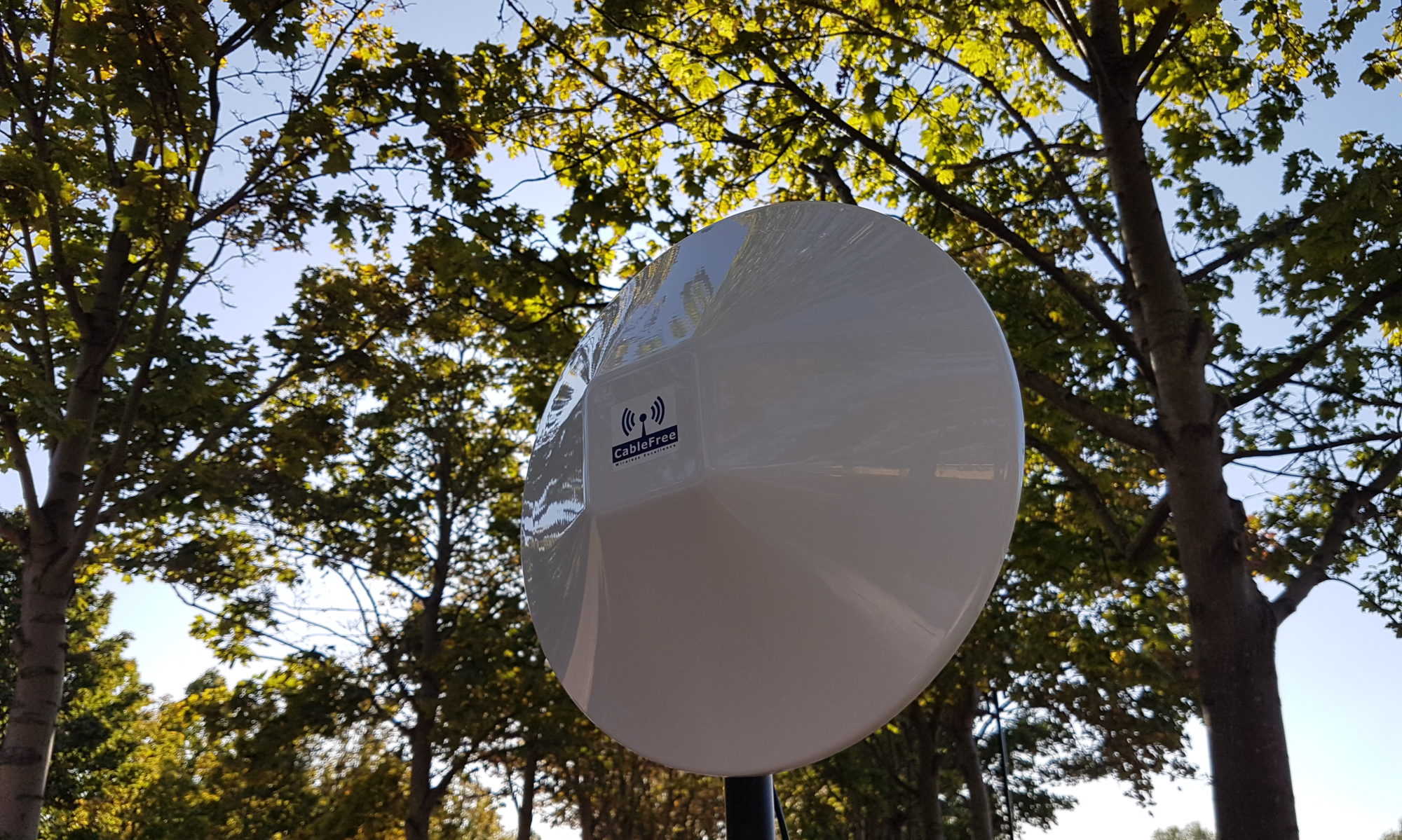ACM is a key technology in 60GHz V-band wireless technology: Automatic Coding and Modulation ensures High speed links offer high Availability at long range and in high rainfall.
Introduction
Adaptive Coding and Modulation (ACM) or Link adaptation is a term used in wireless communications to describe the matching of the modulation, coding and other signal and protocol parameters to the conditions on the radio link. Reasons why ACM is an advantage include:
- The pathloss
- Interference due to signals coming from other transmitters
- Sensitivity of the receiver
- Available transmitter power margin
- Long range/distance
- Rainfall in high rain regions
Modern 60GHz radios use a rate adaptation algorithm that adapts the modulation and coding scheme (MCS) according to the quality of the radio channel, and thus the bit rate and robustness of data transmission. The process of link adaptation is a dynamic one and the signal and protocol parameters change as the radio link conditions change.

A modern 60GHz V-band radio featuring ACM
ACM in real-world 60GHz links

Why ACM is important: O2 and Rainfall Planning
60GHz wireless link planning has to take account both O2 absorption as well as rainfall. Link distances of millimeter-wave radios operating in the real world are limited primarily by rain. Users of these products typically want the links to provide robust communication capability, such as the “five nines” of availability demanded by most carriers. In this application, the rainfall rates where the product is used will typically be more of a limiting factor than O2 absorption
60 GHz radio links are engineered to overcome the effects of rain attenuation. To simplify, the maximum operating link distance is a function of level of availability desired (for example, 99.999% or 99.99%) and rainfall rates in the geographic area of intended use. Again to simplify, link distance increases as level of availability and rainfall rates decrease. Rainfall statistics are so well known for locations around the globe that range and availability can be accurately predicted. The following chart shows the attenuation due to rain (solid line) compared to O2 absorption (dashed line):

In moderate rain regions, the rain attenuation is about twice the oxygen attenuation, and in heavy rain regions, the rain attenuation is more than three times the oxygen attenuation. Therefore, in designing a 60 GHz link to provide robust communication capability in the real world, rain attenuation is a larger factor than oxygen absorption.
So, this combination of oxygen absorption and robust engineering enables 60 GHz links to provide the best of both worlds. The oxygen absorption limits the distance of a ransmission in providing for security and frequency re-use even in the best weather. Engineering for rain attenuation enables carrier-class service even in the worst weather conditions.
ACM Summary
Our modern 60GHz radios feature the latest technologies to ensure reliable, mission-critical links in all conditions. We offer Planning Tools to predict throughput, availability and performance before deployment
Please contact our team to find out more about 60GHz V-band Radios.
For Further Information
Please Contact Us





